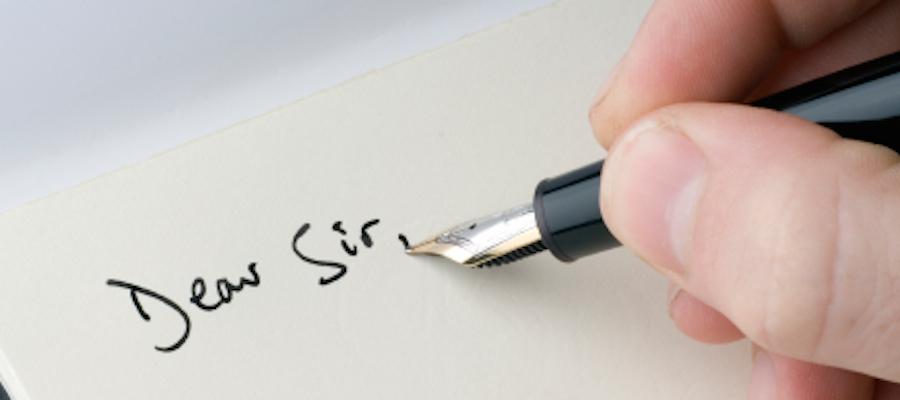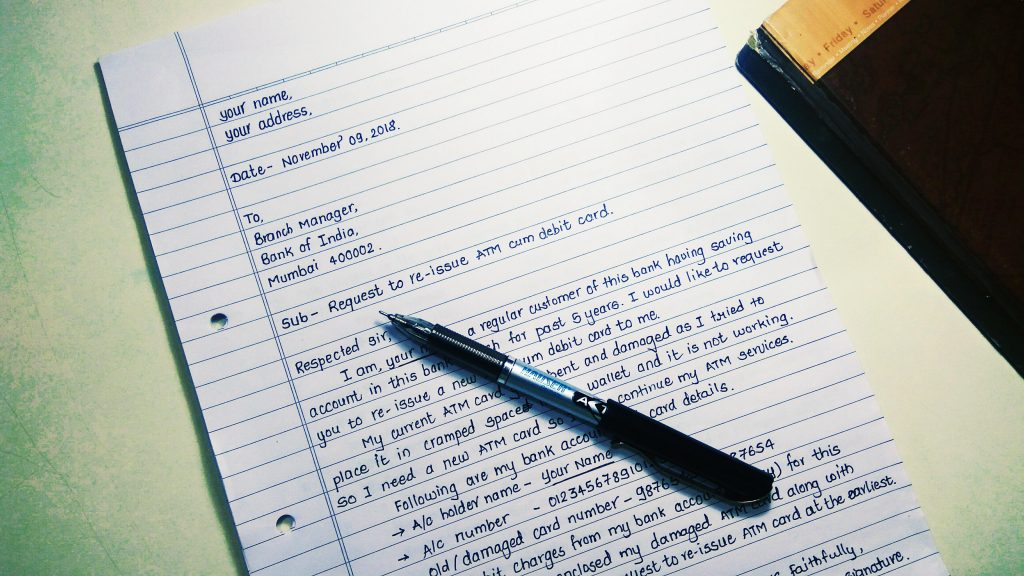
How students need to write a formal letter?
Though we are living in an era of internet and digital age, the academic institutions still encourage students to write formal letters for any academic purpose. This concept has been in the process for long, and we can still count on it for centuries to work, without any such obstruction. Students are usually told to submit any kind of queries and problems in a formal letter, which makes them focus on their formal letter skills during their academic year. The formal letters written by students reach the person in authority, which either includes the staff members, teachers and even the principal of the university. And for that, there is a need why students need to hone such skills at letter writing, especially the ones that are submitted formally.
Before knowing about the steps involved in formal letter writing, it is important for students to first understand its meaning and also its purpose of writing.
A formal letter is the one that helps students elaborate on a request, a complaint or even an enquiry for something that is meaningful to them. In a formal letter, you generally address the person in higher authority with the purpose to come up with a relevant solution. While writing a formal letter, you need to ensure that it is not personal and offensive in nature. Tell the concerned authority what they actually need to know and not what you wanted to share with them. Keep it short and simple with words and precise sentences.
So, now you must be aware of what a formal letter is and what kind of purpose it pertains. Here are a few steps that will help you guide with the process of formal letter writing so that you do not face any kind of difficulty while writing it.
Step 1 – Mention the address of the sender
You need to write the address of the sender first in a formal letter that goes at the top-left corner of your page. You don’t need to write the entire address in just a single line; what you need to do is break them in two-three parts for better representation. The first line should always include the house number; the second line mentions the street address; following with the name of your city, state and zip code in the next line.
Step 2 – Place the date under the sender’s address
The next thing that you need to do is write the date beneath the sender’s address. With the help of a date in your letter, you are trying to get an individual or organization perform an action on time; it will also help them set a time frame to work accordingly.
Step 3 – Mention the recipient’s name along with his/her designation
Leave a little space after writing the date in your letter, then begin writing with the name of your recipient, along with the name of the company and his/her designation. Follow it with the lines of the recipient’s street address and other details of the location.
Step 4 – Place an appropriate salutation
It is important for you to address the recipient with a proper salutation. For example, you can write ‘Dear Sir/Madam’ in case you do not know the name of the recipient being addressed. However, if you know their name, then you need to address them officially by including ‘Rev., Mr., Mrs., Ms., or Dr.,’ before their full name.
Step 5 – Write the main body of the letter
This is considered to be the main part of your letter, which gets divided into two-three paragraphs. Make sure that you are concise enough while writing the main body part of your letter. However, you need to keep these things in mind while writing the body part of your letter-
Begin with a friendly opening in the first paragraph and then mention the reason and purpose of writing.
Make sure that you incorporate some examples that support the issue concerned, in the second paragraph of your letter.
The final paragraph needs to sum up the purpose of your letter, where you can suggest some measures on the way of proceeding further.
Step 6 – Sign your letter at the end with a proper salutation
In the end, you can greet the recipient with a salutation like ‘sincerely, yours sincerely, or warm regards’ that gets followed up with your name and signature in the next line.
Here’s a typical template for formal letter writing-
- Sender’s address
- Date
- Name/Designation of the recipient
- Address of the sender
- Salutation
- Subject line
- Body paragraph
- Complimentary close
- Name of the sender
So, this is how you compile a perfect formal letter for your academic institution. In case you still get stuck at some stage, feel free to contact the online academic writing services that hire professional individuals for expert advice and guidance.


